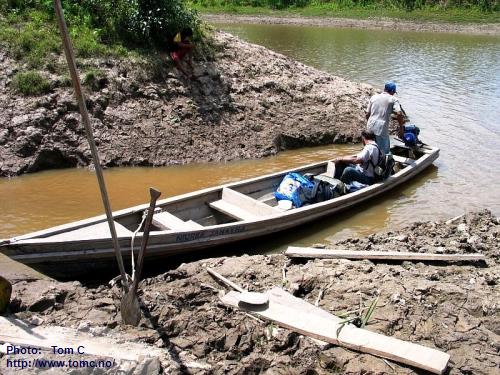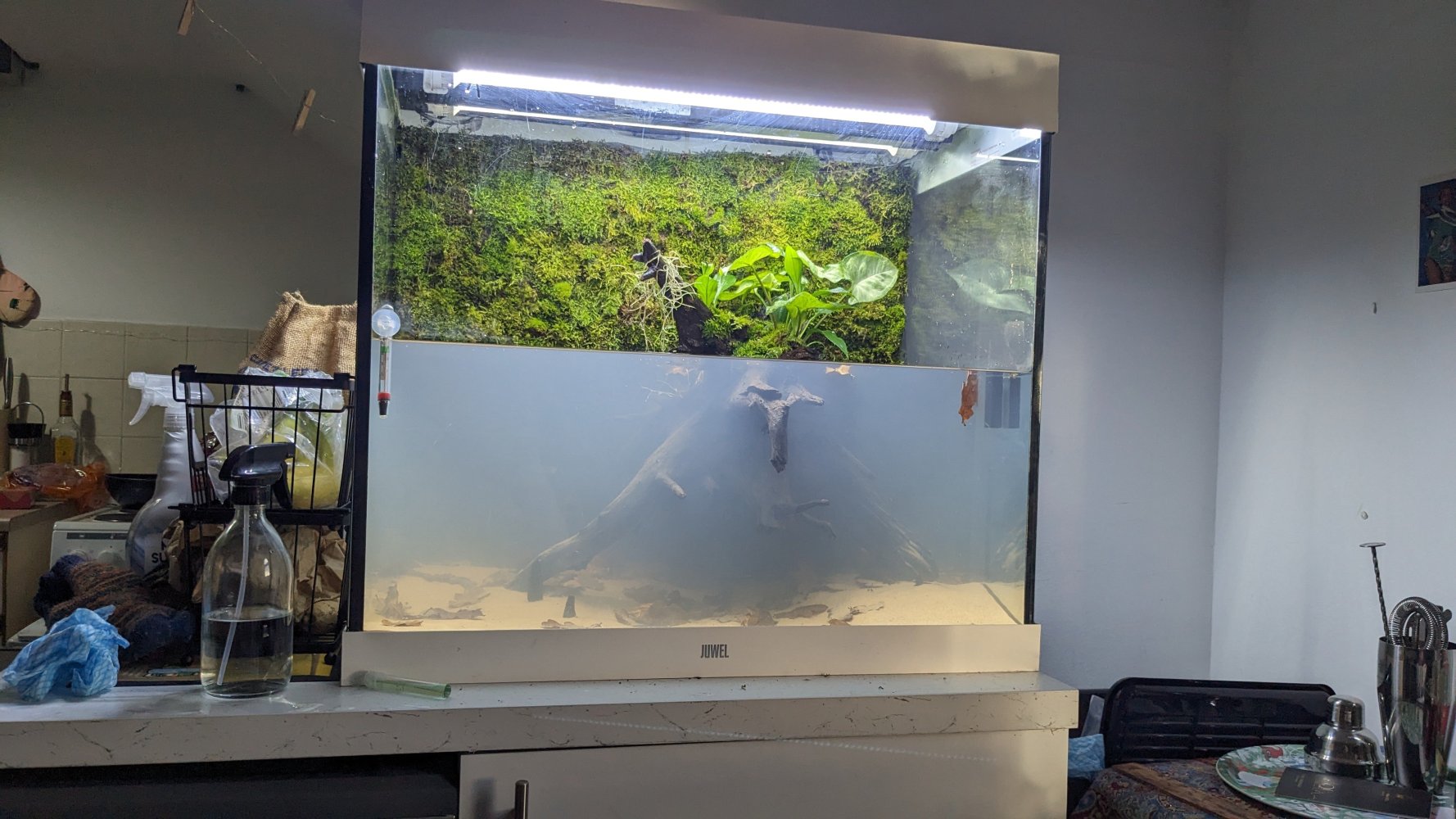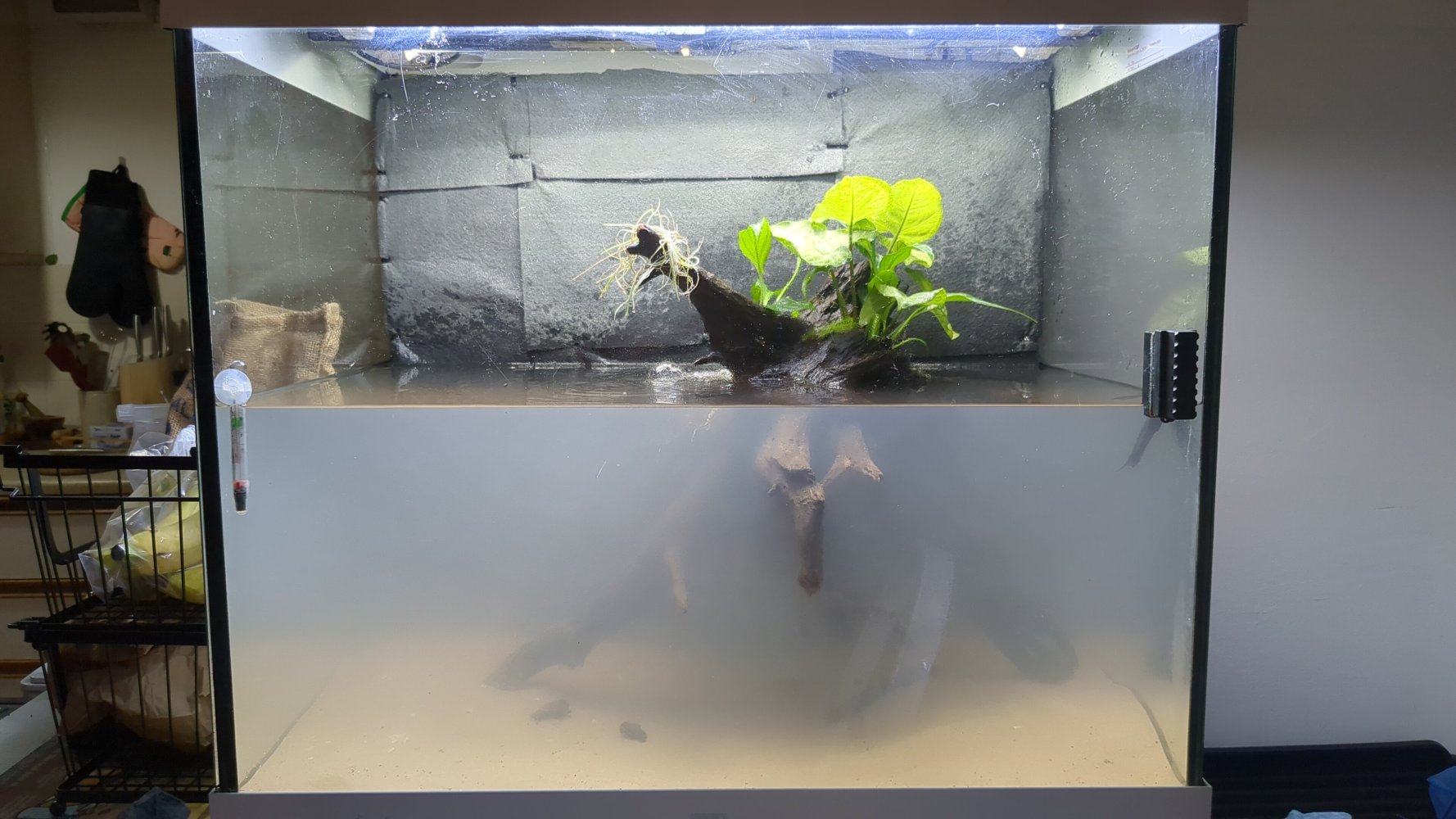ElleDee
Member
So I have a recently flooded tank (no livestock, no plants) that has an awful lot of colloidal clay suspended in the water column. I didn't even disturb the substrate when I flooded the tank - it worked its way above the cap when I got the filter running. I don't think it's a bacterial bloom because it appeared in about two hours and, more definitively, there's a ring of clay at the water line.
I've tried two rounds of Seachem Clarity and filter floss with no effect. I can add more flocculent, I can wait, I can do water changes... maybe there's something else I should try? I think the clay in the substrate will eventually aggregate on it's own, but I don't know the timeframe on that and I'm not sure about anything that makes it into the water column. I've read that it should settle eventually as bacterial colonizes the particles, but I've also seen a demonstration jar test that sat on a shelf for more than a year and still had suspended clay particles. I am also concerned that the water movement from the filter could break up any forming aggregates, but I want to keep the water oxygenated.
So what's the move here?
I've tried two rounds of Seachem Clarity and filter floss with no effect. I can add more flocculent, I can wait, I can do water changes... maybe there's something else I should try? I think the clay in the substrate will eventually aggregate on it's own, but I don't know the timeframe on that and I'm not sure about anything that makes it into the water column. I've read that it should settle eventually as bacterial colonizes the particles, but I've also seen a demonstration jar test that sat on a shelf for more than a year and still had suspended clay particles. I am also concerned that the water movement from the filter could break up any forming aggregates, but I want to keep the water oxygenated.
So what's the move here?








